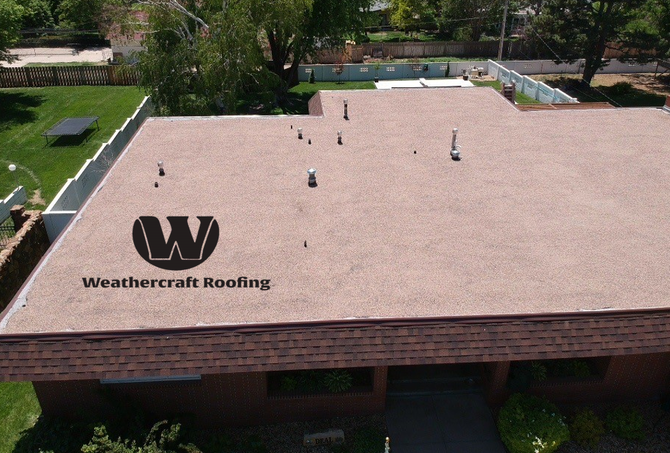Flat roofs have gained popularity in recent years for commercial properties due to their numerous advantages, such as cost savings, low-maintenance needs, and versatility. This article highlights why flat roofs are a smart investment for your commercial building, offering long-term savings and functionality.
The Benefits of Flat Roofs for Your Commercial Property
Flat roofs are a smart choice for commercial properties due to their versatility and functionality. One of the main advantages is the ease of installation—flat roofs are quicker to install compared to traditional pitched roofs. This reduces labor costs and installation time, making it an efficient option for commercial builders.
Flat roofs allow you to make the most of your available space. Since the roof is flat, it can be used for other functional purposes, including the installation of HVAC units, solar panels, or even creating a rooftop garden. This is particularly beneficial for commercial buildings in space-constrained urban areas.
Materials Used in Flat Roofing: EPDM, TPO, and PVC
When it comes to flat roofing, there are several high-quality materials to choose from, each offering unique benefits. Here are the most commonly used materials for commercial flat roofs:
EPDM (Ethylene Propylene Diene Monomer)
EPDM is a synthetic rubber material renowned for its strength and resistance to extreme weather conditions. Perfect for flat roofs in both cold and hot climates, EPDM is durable, easy to install, and low-maintenance, offering excellent protection against leaks.

TPO Roofing: Reflective and Durable
TPO is a reflective material that boosts energy efficiency by reducing heat absorption. It’s ideal for areas with strong sun exposure due to its UV and ozone resistance. TPO also offers great puncture resistance and is durable in extreme weather.
PVC: Long-lasting Protection for Flat Roofs
PVC is a strong, durable material that’s resistant to water, fire, and chemicals. It’s known for its longevity and is often used in high-traffic areas due to its superior resistance to wear and tear. PVC is a great option for flat roofs that require extra protection against the elements and heavy use.
Maintenance Tips for Flat Roofing Longevity
Flat roofs are low-maintenance but still require regular care to ensure their longevity. Here are some tips to keep your flat roof in the best shape possible:
- Regularly check your roof for debris like leaves or branches that can block drainage systems.
- Ensure that gutters and downspouts are clean and free from blockages to prevent water buildup.
- Arrange for yearly roof inspections with a qualified roofing professional to detect any wear and tear.
- Prompt repairs are essential, particularly if cracks or punctures in the roofing material are found.
Why Flat Roofs Are Cost-Effective in the Long Run
Flat roofs offer significant cost savings, especially over the long term. The initial installation cost is typically lower than for pitched roofs, and flat roofs are easier to inspect, repair, and maintain, saving you money on upkeep.
The flat roof space can be used for a range of purposes like installing solar panels or additional units, which can result in long-term energy savings. In many instances, flat roofs also help reduce heating and cooling costs by improving insulation.
Conclusion: Why Flat Roofs Are the Right Choice for Your Business
Flat roofs provide numerous benefits for commercial buildings, from cost savings and ease of maintenance to versatility. Proper material selection and maintenance will ensure your flat roof remains functional and valuable for many years. Work with a knowledgeable contractor to ensure the right choice for your business.
Looking for expert advice on flat roofing? Reach out today for a consultation, and let us help you find the perfect flat roofing solution for your commercial property!
#FlatRoofing #CommercialRoofing #RoofInstallation #EPDM #TPO #PVC #RoofMaintenance #EnergyEfficiency #BusinessRoofing